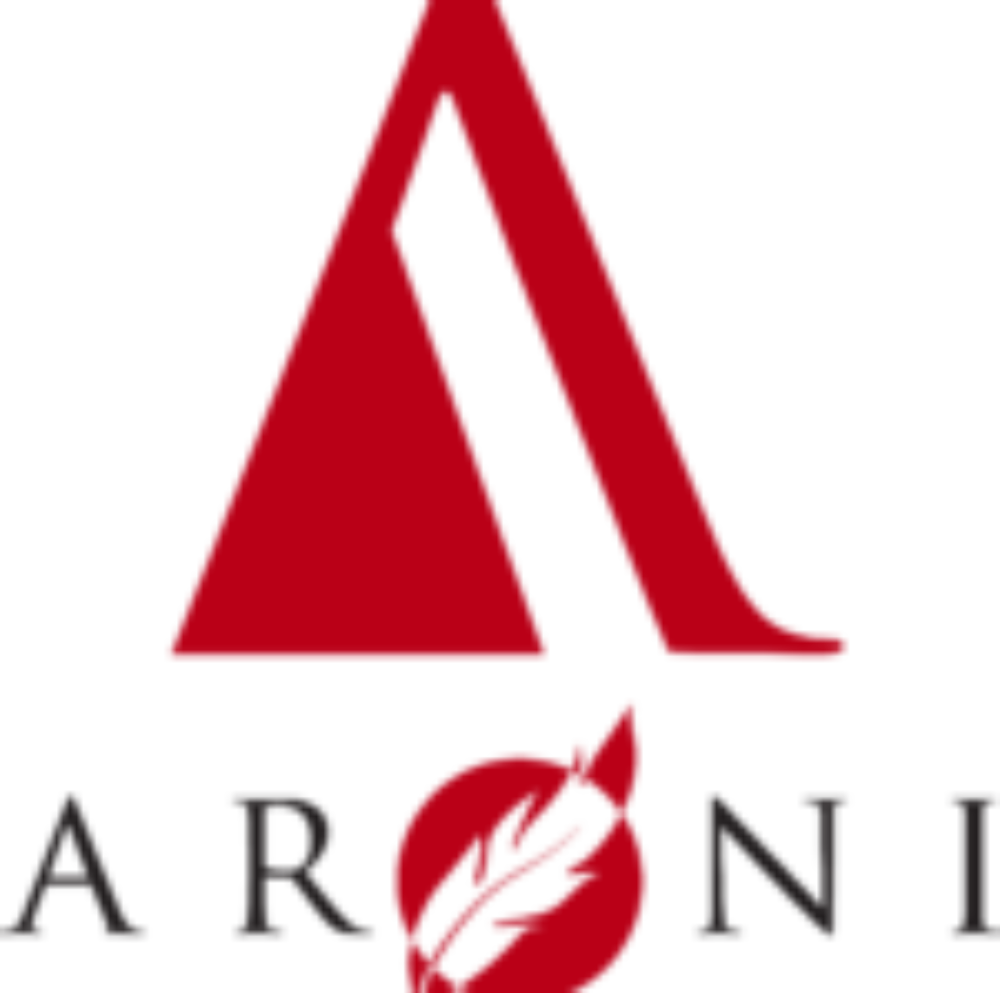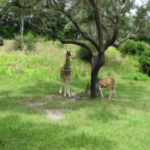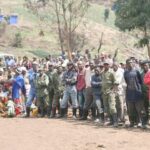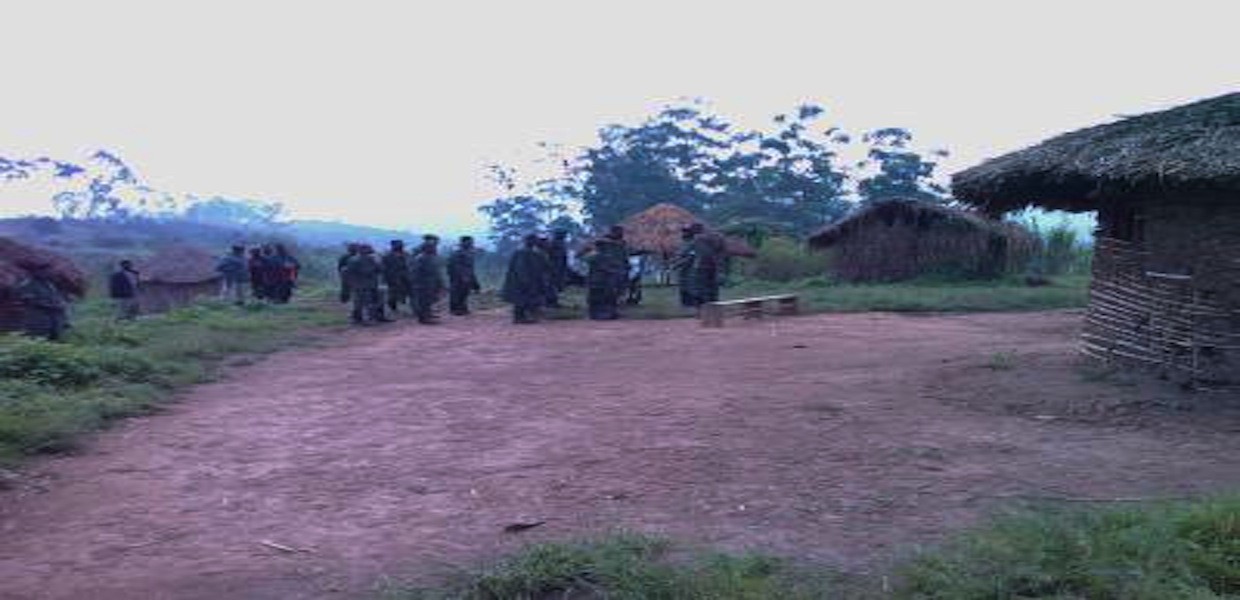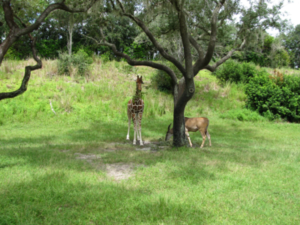PRESENTATION AT RUTGERS UNIVERSITY: Requirements for Peace in the Great Lakes Region of Africa
Rutgers University, Thursday, December 4, 2008
Day when all began: October 1, 1990 a group of Tutsi refugees, supported by the Government of the neighboring Uganda invade Rwanda.
PEACE IN THE GREAT LAKES REGION MUST START IN AND WITH RWANDA
18 Years ago, on October 1, 1990, a group of Rwandan refugees invaded Rwanda
from the neighboring Uganda. The regime of Rwanda, then a peaceful country, had
started a democratic process, with the paramount objective of solving the decades old
thorny problem of Tutsi refugees. The invasion set off a wave of tragedies that, to date,
has annihilated aspirations of generations and cost more than 5,000,000 Rwandan and
Congolese lives, according to the most conservative estimates from NGO ( International
Rescue Committee (January 2008), ICG, and Human Rights Watch), experts, and
reputed institutions.
The repercussions of the 1990 invasion on the Rwandan society were incalculable:
The group of Rwandan invaders, in the name of liberating the oppressed, put warfare
over peace, promoted discord over harmony among ethnic groups and people, and
instituted plunder over partnership among nations in Great Lakes Region of Africa. The
criminal enterprise, schemed by a clique of individuals, spread across an unaware
nation, pitting brothers and sisters against each other and ethnic groups against ethnic
groups, and destroying the social fabric of a nation, and ultimately led to the 1994
Rwandan tragedy.
On April 6, 1994, 2 presidents, the president of Rwanda, Juvenal Habyarimana, and
of Burundi, Cyprien Ntaryamira were cowardly assassinated on their way from signing
an act that would provide for the implementation of a peace process in Rwanda after 4
years of a bloody civil war. Their plane was allegedly shot down by a Rwandan Patriotic
Army commando infiltrated in the capital. The event set off a wave of inter-ethnic
killings. That one event would change the fate of the entire region as we have seen for
decades. None can deny that what happened in Rwanda in 1994 is a despicable act of
cataclysmic proportions. The international community rightfully acknowledges that:
Tutsis were killed by Hutu militias for just being Tutsis. However, few attempted to shed
a light on the other face of the tragedy: since the beginning of the war, i.e, 1990, Hutus
were killed by Tutsi militias and rebels or persecuted for just being Hutus. And they still
are, inside Rwanda and all way to the Democratic Republic of the Congo. That is the
face the international community wants to conveniently ignore, and that is the face we
should uncover, that I challenge you to explore, face with courage, and confront without
self-indulgence.
What we see today in the Kivu regions of the Democratic Republic of the Congo
(DRC) stems from these acts of blatant terror and terrorism followed by unseen
barbarism. The acts in the DRC appear to be conveniently tolerated by an International
Community full of guilt for not having done enough to prevent the 1994 Rwandan
tragedy and its aftermath. Today, the International Community appears to be better
informed. While back in October 1990 the World could be fooled by the nice statements
by the RPF of liberation, freedom and justice, in 2008 the International Community
should realize that the simplified motives, put forward by the the protagonists of “the
presence of armed rwandan Hutu rebels on the Congolese territory and the
unwillingness of the DRC government to repatriate them” is a mere cover for a
much wider organized criminal enterprise to destabilize the DRC government and to
massacre the Congolese people. The true intentions of the invasion are: hegemony,
greed, plunder, and the absolute contempt of human life.
My intention today is not to dwell on the past but on how we, meaning us personally,
as groups, communities, and especially the international community dealt with the
situation and what should be done. Over this year, I travelled on several occasions to
the Democratic Republic of the Congo. I recently visited Eastern Democratic Republic
of the Congo, in Kivu, and took the road from Goma to Lubero region in North-Kivu. It is
arguably the most dangerous road. One sees a very beautiful scenery, almost
paradisiac mountains with lush forests. Active volcanos surrounded with magnificent
jungles rise all around. Once, traveling with a team of the Mission of United Nations in
the Congo (MONUC), we crossed, during a seemingly interminable journey, an area
infested with the troops of the renegade Nkuda, the Mai-Mai, Rwandan rebels, the civil
militias, the congolese army (FARDC) and all sorts of armed groups. It is a place no one
would like to visit twice. Along the road, people live in camps, terrorized, afraid to go
back to those paradisiac farms where these armed groups lurk, ready to kill, ransom,
loot, rape women and abduct young boys and girls. Women and children are most
vulnerable, and at the mercy of hoards of Congolese rebels supported by the
government of Rwanda.
One thing struck me: in those jungles, one sees a river of blacken lava, the reminder
of what happened in January 2002. In January 2002 the Volcano Nyiragongo erupted
with fury and its lava engulfed large areas of the jungle and the provincial capital
Goma, leaving destruction and a large loss of life. When the lava cooled down, it
remained like a large scar, perhaps as a reminder that one day it may happen again. I
flew over the area in a helicopter. From the helicopter, I looked down and saw a frozen
black river, haunting the forest as the tragedy that has haunted the region since 1994.
To deal with the 1994 Rwandan tragedy, the United Nations, in the spirit of “Never
Again” set up the International Criminal Tribunal for Rwanda (ICTR) by Resolution 955
of 8 November 1994. When the ICTR was created, people hoped it to achieve three
goals:
1)Justice
2)Fight impunity
3)Reconciliation
Sadly the ICTR, after wasting hundreds of millions of dollars did not reach any of
these goals. The ICTR judged but never sought justice; held trials but never reconciled.
Why? Because the politically motivated ICTR targeted only one ethnic group: HUTU.
Crimes committed by the mostly Tutsi RPA members were ignored, or rather swept
under the carpet. Meanwhile, the problems in the Great Lakes remain and have even
worsened, leaving reminding scars similar to the blacken lava torrents in the lush forests
of the DRC. Still, we must have the courage to deal with these problems.
What to do?
The Irish author and Nobel Prize Laureate George Bernard Shaw tells us: “If history
repeats itself, and the unexpected always happens, how incapable must Man be
of learning from experience… Hegel was right when he said that we learn from
history that man can never learn anything from history.”
The recent developments in the Great Lakes Region of Africa clearly underline a sad
truth: the region will remain in crisis as long as the source of the problem
persists. The root of the problem lies with the current Rwandan RPF regime led
by General Paul Kagame. In 1990 General Kagame’s clique set off a plan that led to
the 1994 tragedy and its aftermaths. Today, the tragedy has expanded into the DRC and
the Great Lakes region directly or through proxies, such as the CNDP of the renegade
General Laurent Nkunda.
General Kagame alone can unlock the deadlock. This is yet another challenge
General Kagame must answer, as someone who knows first hand the suffering of
refugees as he was one for more than 30 years, is a family man, and has absolute
power on the clique surrounding him. General Kagame must choose between the
courage of a statesman and the cowardice of a warlord . He must embrace the
greatness to legacy over the void of annihilation.
Today, I read an article in the December 3, 2008 edition of New York Times, titled:
“Rwanda Stirs Deadly Brew of Troubles in Congo” by Jeffrey Gettleman. In the article, a
Rwandan army officer who was sent to fight in the DRC for the renegade General
Nkunda was asked why he went. He answered: “Why? I am a Tutsi… One hundred
percent Tutsi”. Curious, isn’t in a country where the government preaches that ethnic
groups no longer exist? One may also ask oneself whether there are 80%, 90%, or
even 10 % Tutsi.
Two lessons to draw from that simple answer:
First, think about what the young Rwandan officer did and will do the innocent Hutus,
or even the less than 100% Tutsis he met in Congo.
Second, this is exactly the same concept of “pure race” preached by the Nazis since
1939, and that led to the holocaust of jews and other less than 100% white, such as
gypsies. Today, in front of you, I send this warning: General Kagame and his
regime, by preaching racial and ethnic purity, are playing with fire that would
consume the Great Lakes Region if we do not act now.
The leaders of the International Community, especially the United Nations, the
United States, Great Britain, France, China and Russia have a crucial role to play. They
are the primary backers of the regimes in that region. They must send the following
clear message to the Government of Rwanda, Burundi, Uganda, and the DRC: “Efforts
toward peaceful solutions are not to be scoffed at. Enough bloodshed, enough
refugees, enough looting, enough invasions. It is time for peace, dialogue, and
reconciliation among ethnic groups, peoples, and nations in the Great Lakes
Region.”
The requirements for peace in the region include exploring the following propositions:
‣ General Paul Kagame and the RPF regime have become the single most important
source of instability in the Great Lakes region of Africa. They may also become the
source of the solution.
‣ It is important to explore why the policies set up by the RPF regime have had so far
the dire consequences of producing an endless flow of refugees and internally
displaced people across the Great Lakes Region.
‣ The Rwandan regime must promote national reconciliation and reconstruction over
exclusion and stubborn self-righteousness. It is not acceptable to see Rwanda
escape the requirements imposed on its neighbors. The process of democratization
and of liberalization that touched several countries of the region should also apply to
Rwanda.
‣ The return of peace, security and sustainable development in the Great Lakes Region
requires the intervention of the International Community in addressing the roots of
the problematic first.
‣ The International Community must put sustained pressure on the current Rwandan
Government in order to stop the latter from interfering in the internal affairs and
plundering the resources of the other states in the region.
‣ The crisis that Rwanda has been going through since the 1990s is political in nature
and its solution must be political.
‣ An inclusive Inter-Rwandan Dialogue is most likely to provide the country with
consensual and stable democratic political institutions that will reflect the will of all
the components of the Rwandan society and unlock the political impasse in the Great
Lakes region.
It is when this approach is well understood, supported, and executed by the actors
and partners within the region and the International Community that positive initiatives
such as those being undertaken in the region would be able to build peace-support
operations capacity in the region for the benefit of the people and their partners.
Felicien Kanyamibwa, PhD
For Presentation at Rutgers University of New Jersey
December 4, 2008
©Felicien Kanyamibwa 2008.
Tel: 001-201-794-6542 e-mail: kanyami@optonline.net
